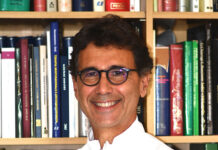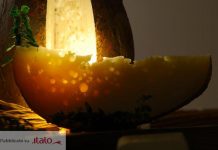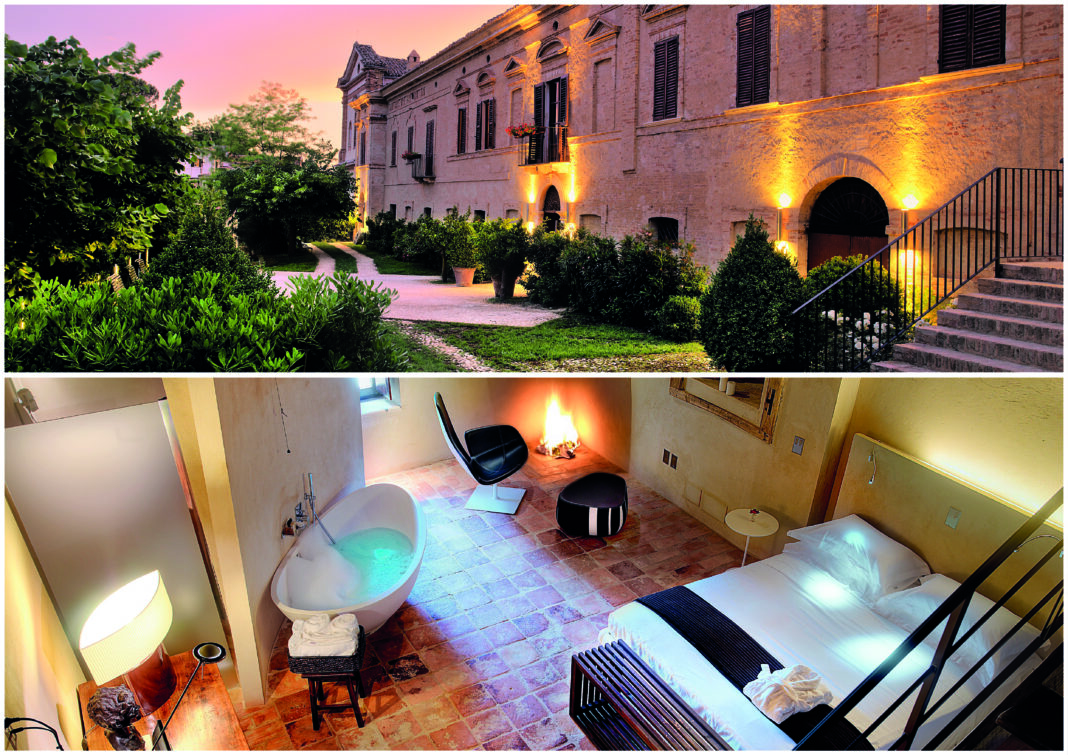Born in 1991 from a passionate and far-sighted idea of architects Lelio Di Zio and Antonietta Di Clemente, OrianoAssociati is a professional architectural firm highly qualified in the realisation of projects aimed at the rigorous recovery and compatible redestination of Italy’s historical and ancient architectural heritage. Preserving the past, creating timeless spaces for the future” is the leitmotiv of a Group that builds the future while rigorously maintaining the historical identity of the past, firmly convinced that conservation and innovation can now coexist in a harmonious and balanced relationship.
by Roberta Imbimbo
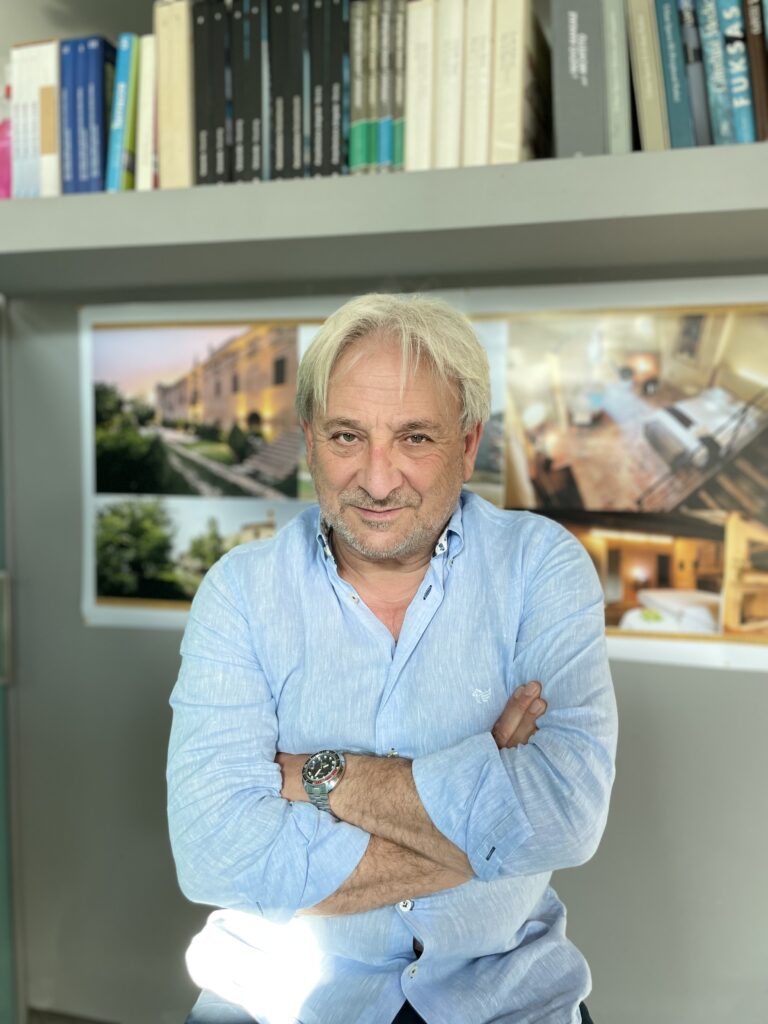
Architect Di Zio, what is the core activity of the firm?
OrianoAssociati Engineering is a historic reality in Montesilvano that has experienced exponential growth over the years, a highly qualified professional architectural boutique, able to take care – thanks to specialised know-how in various sectors of Architecture and Engineering – of every project at 360 degrees, with professionalism and reliability, while remaining tied to its original identity as a small workshop. Thanks to an innovative approach, it has decided to focus its activity on the recovery and compatible redevelopment of the historical and ancient building heritage, with special attention to the minor heritage, which undoubtedly represents a very important identity value for our country. The mission is to contribute to the economic and social redevelopment of the many small Italian villages, historic centres that have been abandoned over time but actually offer enormous potential thanks to the permanence of their identity and beauty. Firmly convinced of both the cultural value and the unexpressed economic potential of these heritages, we have invested in the development of a redevelopment idea that has become internationally relevant over the years. Despite the initial difficulties – the entrepreneurial class was initially reticent to invest in these heritages – with the project on Santo Stefano di Sessanio, which has gone from being an abandoned village to a virtuous example of sustainable tourism, a recovery model has been consolidated – made possible also thanks to the financial commitment of a far-sighted entrepreneur – aimed at preserving the historical identity values of one of Italy’s most beautiful villages.
The Restoration of the Beauty of the Historical and Ancient Architectural Heritage is not only a cultural duty but also a great opportunity for economic development compatible with the preservation of the identity values of Landscape and Territory.
Absolutely. A compatible redevelopment of historical and ancient heritage allows for the preservation of its evocative values, attractive to an elite cultural tourism that every year chooses to discover Italy’s historical artistic and architectural beauties (in 2022 alone, our country welcomed as many as 142 million visitors interested in a tourism involving a lesser-known but equally important Italy). Therefore, investing in the recovery of those abandoned villages – which over time have maintained intact a beauty that as a whole has a great evocative capacity – as well as being a moral obligation because it is representative of the history, culture and identity of those territories, is also a great opportunity for wealth and tourist promotion capable of generating employment (villages today are depopulated because there is no work; but if the right conditions are created, if investments are encouraged that give a real boost to the local economy, people and young people will return). Each location obviously has its own intrinsic beauty and historical identity to be preserved. Our objective is therefore to contribute to enhancing what history has bequeathed to us, without altering the perception of places but rather focusing on rigorous recovery and conservation, and on a redevelopment that is compatible with those values that make the investment economically sustainable, feeling a strong need to offer an increasingly refined tourist the chance to enjoy experiences that generate emotions. And in order not to lose the evocative charm of these historic places, any enhancement project must be able to combine the past with the future, tradition with modernity, conservation with innovation, which today can perfectly coexist in a harmonious and balanced relationship.
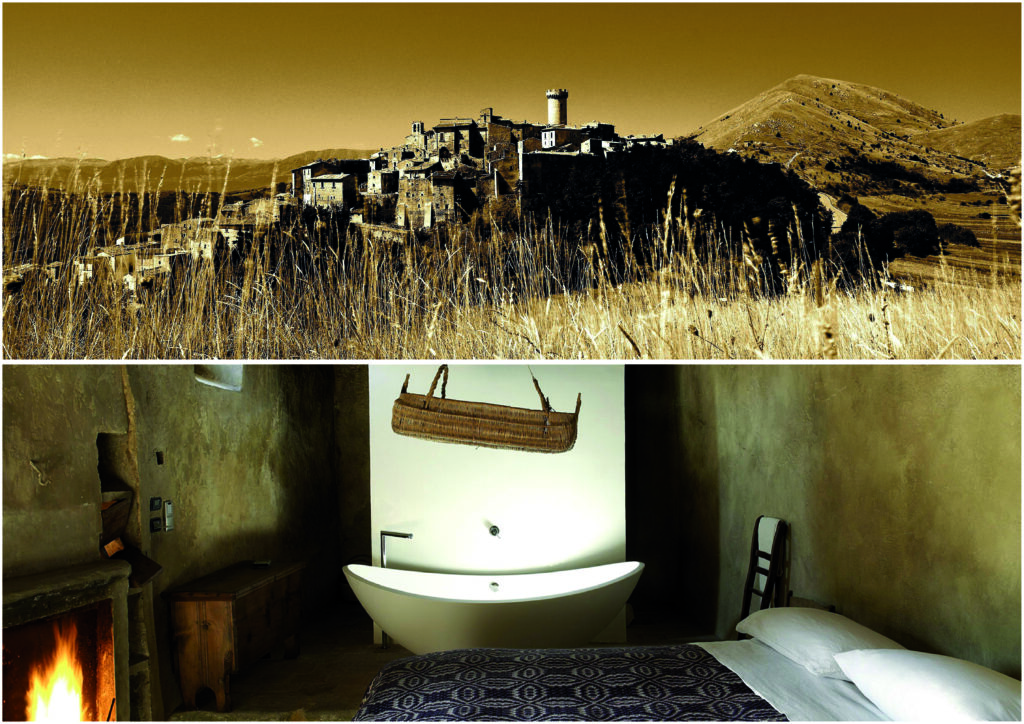
Among the many projects you have curated, which ones would you like to remember?
There are three projects that can represent the different realities of our abandoned architectural heritage. In San Benedetto in Perillis – thanks to careful conservative restoration – a small rural building has become a destination for tourists from all over the world. A luxury B & B, brilliantly managed by two young guys, is able to meet the needs of those who from a holiday dream of an extra experience, linked to the beauty and history of the local cultural heritage. Restored to its ancient splendour, the Semivicoli Castle has instead been transformed into a charming Relais, to offer visitors the opportunity to live in contact with history and nature, and to enjoy the quality food and wine that is making the Masciarelli family famous throughout the world. And finally, as mentioned above, the historic centre of Santo Stefano, an abandoned village has once again become one of the most beautiful villages in Italy (a square metre of house purchased in Santo Stefano for 150,000 lire today is worth 5,000 euro), attracting an elite tourism that makes it a must in the world. In conclusion, today abandonment is often associated with decline, with a definitive loss of interest. For us at Studio OrianoAssociati this is not the case. Abandonment is synonymous with rebirth. The secret is to know how to look beyond what apparently seems to be just a ruin destined for oblivion; to know how to give new life back to abandoned buildings, historic residences and villages with the aim of projecting into the future an extraordinary heritage that Italy has been lucky enough to inherit over centuries of history.
For more info (https://www.oaengineering.it)



















